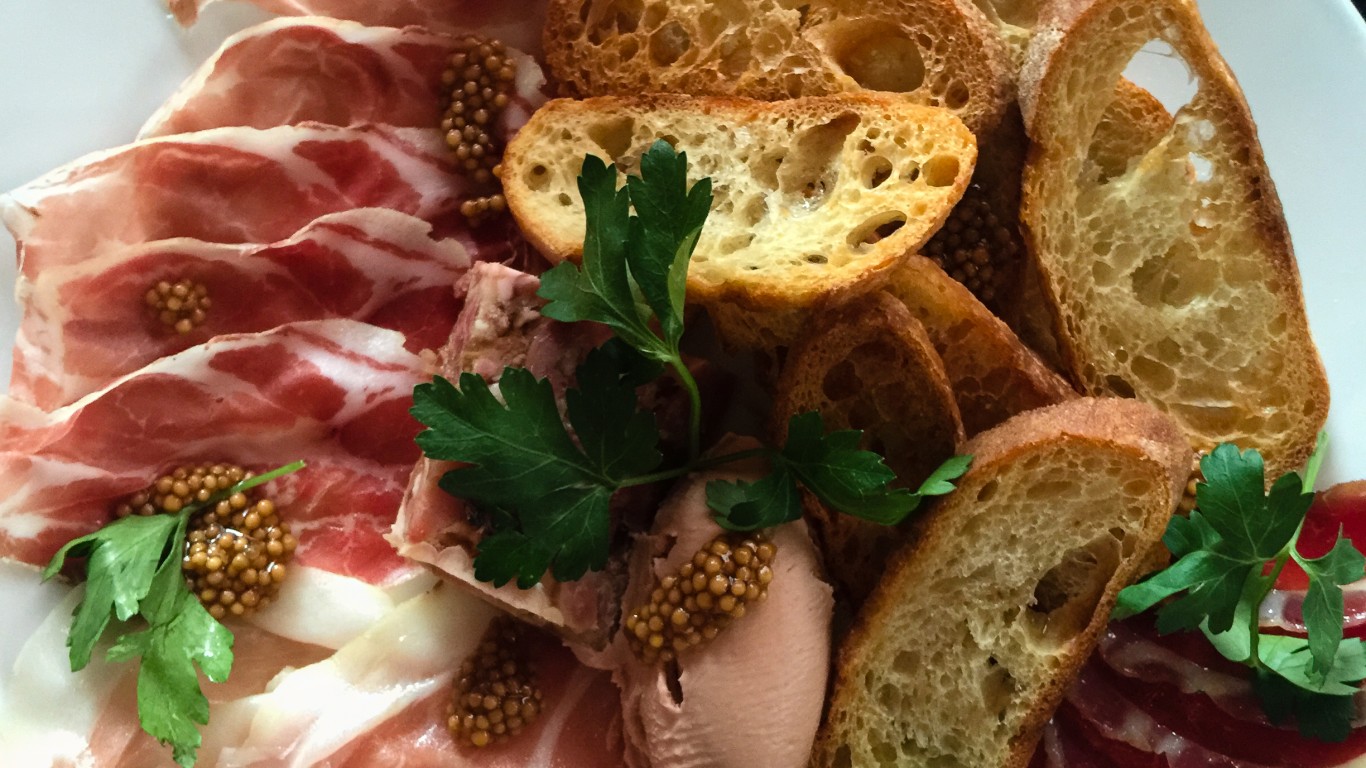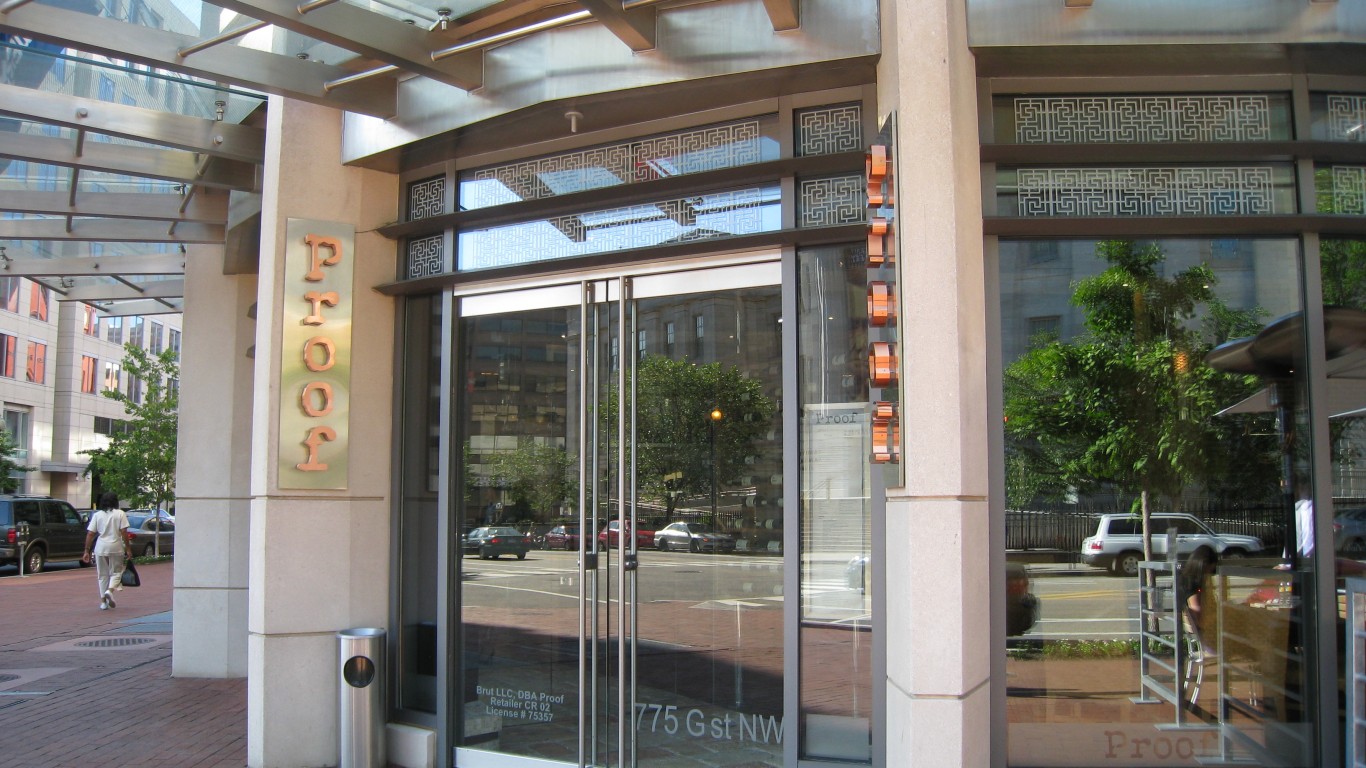
It’s no secret that the restaurant business is volatile, and that restaurants come and go with sometimes surprising speed. Especially go.
Restaurants close for a variety of reasons. Sometimes the proprietors simply want to move on to something else, like other (perhaps less demanding) restaurants or different lines of work altogether. Sometimes they want to spend more time with their families, or they simply grow tired or age out of this strenuous line of work.
In other cases, the reasons are financial — rising rents, mandated minimum wage increases, falling profits from downturns in business, expensive legal entanglements, etc. — or reflect real estate issues like the refusal of landlords to renew leases or the decisions of property owners to demolish or repurpose buildings. Evolving tastes and new ways of ordering meals can have an effect, too. See, for instance, all these ways restaurants are going to change.
Sometimes personnel issues are involved, as when partnerships dissolve or key figures leave and can’t be easily replaced, or when chefs or restaurateurs are called out for #MeToo offenses, and their abuses drag the whole place down.
And sometimes, to be honest, restaurants close because they just aren’t very good. (Click here to learn 16 signs you’re eating in a bad restaurant.)
In what sense can restaurant closings can be said to be sad? Perhaps because some restaurants have become vital parts of their communities, helping to define and unify them, and so their absence will be keenly felt. Perhaps because they open with great promise and predictions of a bright future, only to be brought down by poor business decisions or bad timing.
The saddest of all, though, are the restaurants that close because the chefs or restaurateurs in charge have betrayed the trust of their employees, harassing and abusing them, and ultimately driving customers away or making the continued existence of their establishments untenable. Their behavior can be life-altering for their direct targets, but it also affects all of their employees by robbing them, often almost overnight, of their livelihoods.
Click here to see the saddest restaurant closings of 2019.
To assemble this list of the saddest restaurant closings of 2019, 24/7 Tempo consulted scores of restaurant news and review sites and local and regional magazine and newspaper sites from across the nation.
While these are some of the most significant examples of shuttered restaurants, scores and probably hundreds of other places shut their doors this past year. One came and went in less than a year’s time, while another had been around for almost two centuries. Virtually all of them leave behind diners who doubtless now feel at least a little bit bereft.

1. Restaurant Eugene
> Atlanta, Georgia
Linton and Gina Hopkins closed this 15-year-old fine dining restaurant in August. According to Eater, “The restaurant helped usher in a new dining era in Atlanta” when it opened in the city’s tony Buckhead neighborhood in 2004. The Hopkins’ more casual restaurant, Holeman and Finch Public House — known for its craft cocktail scene and its superlative late-night cheeseburgers (only 24 served per evening) — remains open, but will relocate in the spring. No reason was given for shuttering Restaurant Eugene.
[in-text-ad]
2. Durgin-Park
> Boston, Massachusetts
One of America’s oldest restaurants, dating from 1827 (though another restaurant had begun operating on the same site, at Boston’s historic Faneuil Hall, as early as 1742), Durgin-Park served its last meal in January of this year. Traditional New England fare (clam chowder, broiled scrod, Yankee pot roast, etc.) was the specialty. The landmark’s operator, Ark Restaurants, cited an increase in the minimum wage and a lack of profitability as reasons for ending the establishment’s 192-year run.
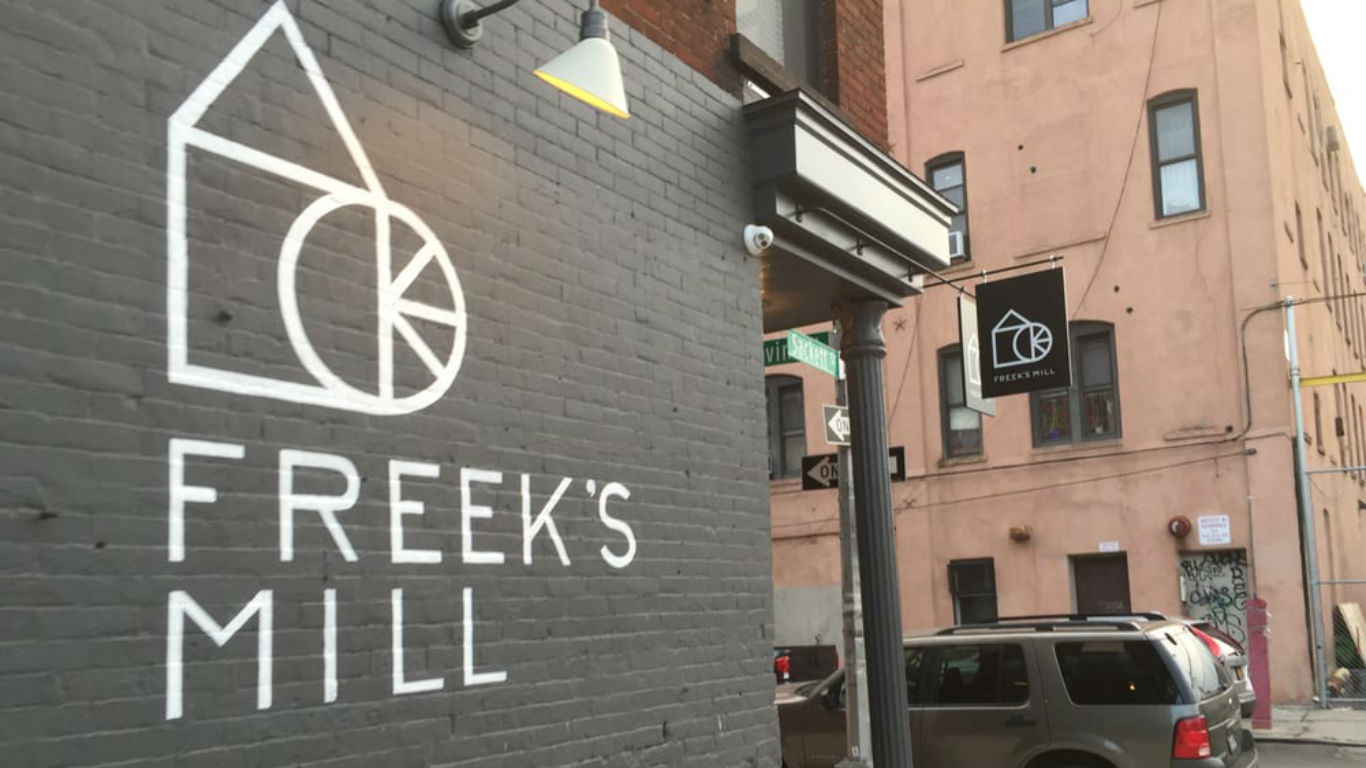
3. Freek’s Mill
> Brooklyn, New York
Despite good reviews and a steady clientele, this 3-year-old Brooklyn eatery went out of business this summer. Its demise came about after three of the four original partners — including the manager, the chef, and the wine director — left for various undisclosed reasons.

4. Two Toms
> Brooklyn, New York
Another Brooklyn restaurant that disappeared this year couldn’t have been more different than Freek’s Mill. The specialties at Two Toms, which opened in 1948, were massive pork chops and heaping platters of pasta (Eater reported that “Linguine with clams arrives in party-sized punch bowls”), and the place drew a regular clientele of hungry firefighters, police officers, and other municipal employees. Owner Anthony Catapano cited his decision to close on the increasing gentrification of the restaurant’s Gowanus neighborhood and the changing tastes of diners.
[in-text-ad-2]
5. Hominy Grill
> Charleston, South Carolina
One of the best-known restaurants in the city, Charleston’s 23-year-old Hominy Grill went dark in April. Owner-chef Robert Stehling — named Best Chef Southeast by the James Beard Foundation in 2009 — told his Instagram followers that “after careful deliberation, we’ve decided that we’re ready for the next chapter.” He did not specify what that might be.
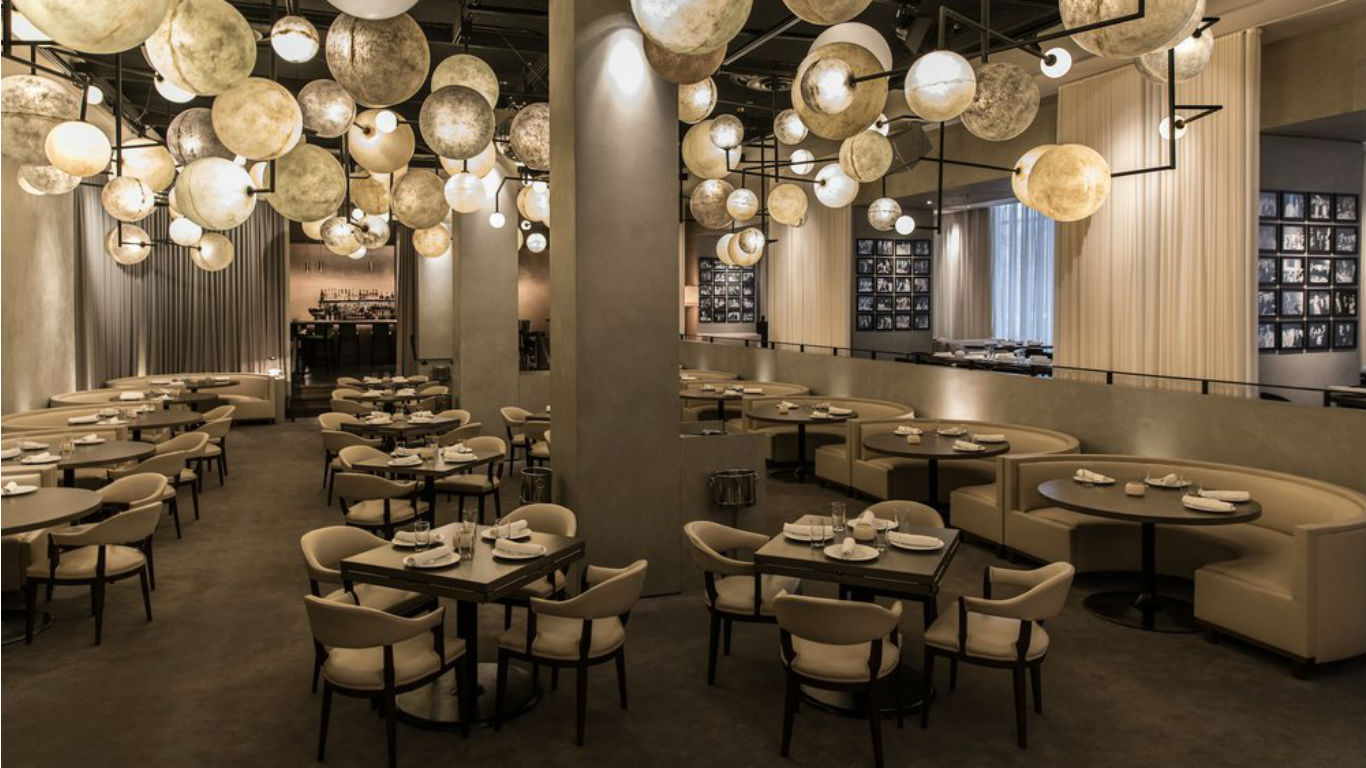
6. Booth One
> Chicago, Illinois
The Pump Room in Chicago’s Ambassador East Hotel (now the Ambassador Chicago), opened in 1938, was a legendary dining and drinking spot — an obligatory stop for virtually every celebrity who visited the Windy City. It had several proprietors over the years, including famed restaurateur Rich Melman’s Lettuce Entertain You Enterprises from 1976 to 1998, hotelier Ian Schrager (with food by Jean-Georges Vongerichten) from 2011 to 2016, and then Melman’s group again starting in November of 2017. Melman didn’t inherit the original name when he took the place over for the second time, so he called it Booth One, after the famous see-and-be-seen prime table near the front of the restaurant. The decision to pull the plug in May was reportedly a mutual one between Melman and the hotel management.
[in-text-ad]

7. El Real Tex-Mex
> Houston, Texas
This well-reviewed old-school Tex-Mex place, which opened in 2011 in a former movie theatre dating from 1930, shut its doors abruptly in October. Financial issues, including a lawsuit filed against chef and co-owner Bryan Caswell by a major business partner, were behind the closing.
Writer Robb Walsh, a leading expert on Tex-Mex food (and other Texas culinary treasures), was another of Caswell’s partners, but moved to Ireland several years ago, limiting his involvement with the place.
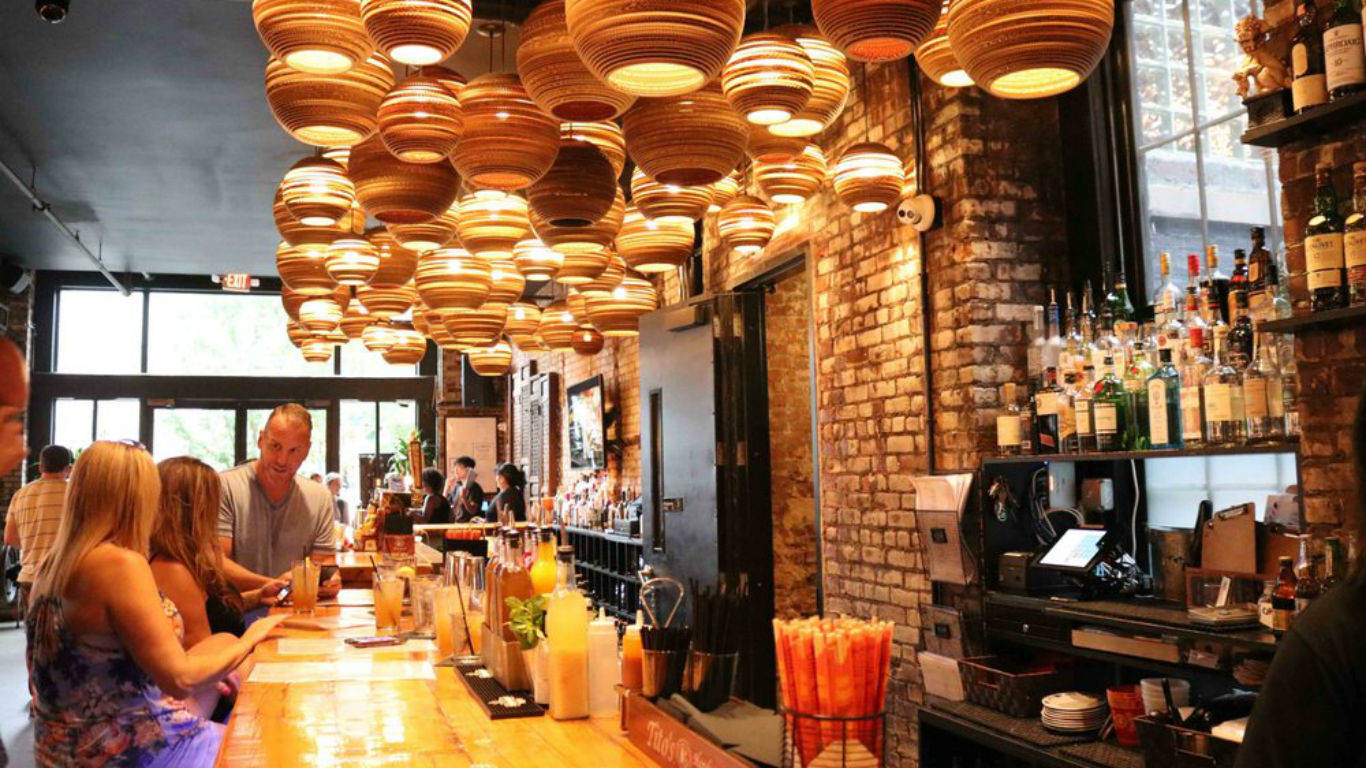
8. Talde
> Jersey City, New Jersey
Filipino-American chef Dale Talde, a noted competitor on “Top Chef,” had a thriving restaurant empire earlier this decade, with Talde restaurants in Brooklyn, Miami, and Jersey City, as well as Massoni, Rice & Gold, and The Crown in New York City, among other properties. In January, the chef and his partners dissolved their restaurant group. The Jersey City Talde remained open until August under different ownership, apparently closing because of increased competition on the Jersey City restaurant scene.

9. Church & State
> Los Angeles, California
This French bistro, which was the first noteworthy eating place in downtown L.A.’s now-bustling Arts District when it opened a decade ago, closed twice this year. In late April, chef and co-owner Tony Esnault and his wife and business partner, Yassmin Sarmadi, announced that they were “saying au revoir to DTLA.” The place shut down for a month of revamping before relaunching with new proprietors and a new chef. Last month it closed again, with the new partners promising to reopen another restaurant in its place.
[in-text-ad-2]

10. Hearth & Hound
> Los Angeles, California
A few days after British-born New York chef April Bloomfield debuted this eclectic establishment in Hollywood in late 2017, the New York Times broke a story reporting accusations of sexual harassment over her longtime restaurateur partner Ken Friedman. Though Bloomfield severed her relationship with Friedman in 2018, it is possible that the bad publicity damaged Hearth & Hound — though the chef gave no reason for closing down in January.
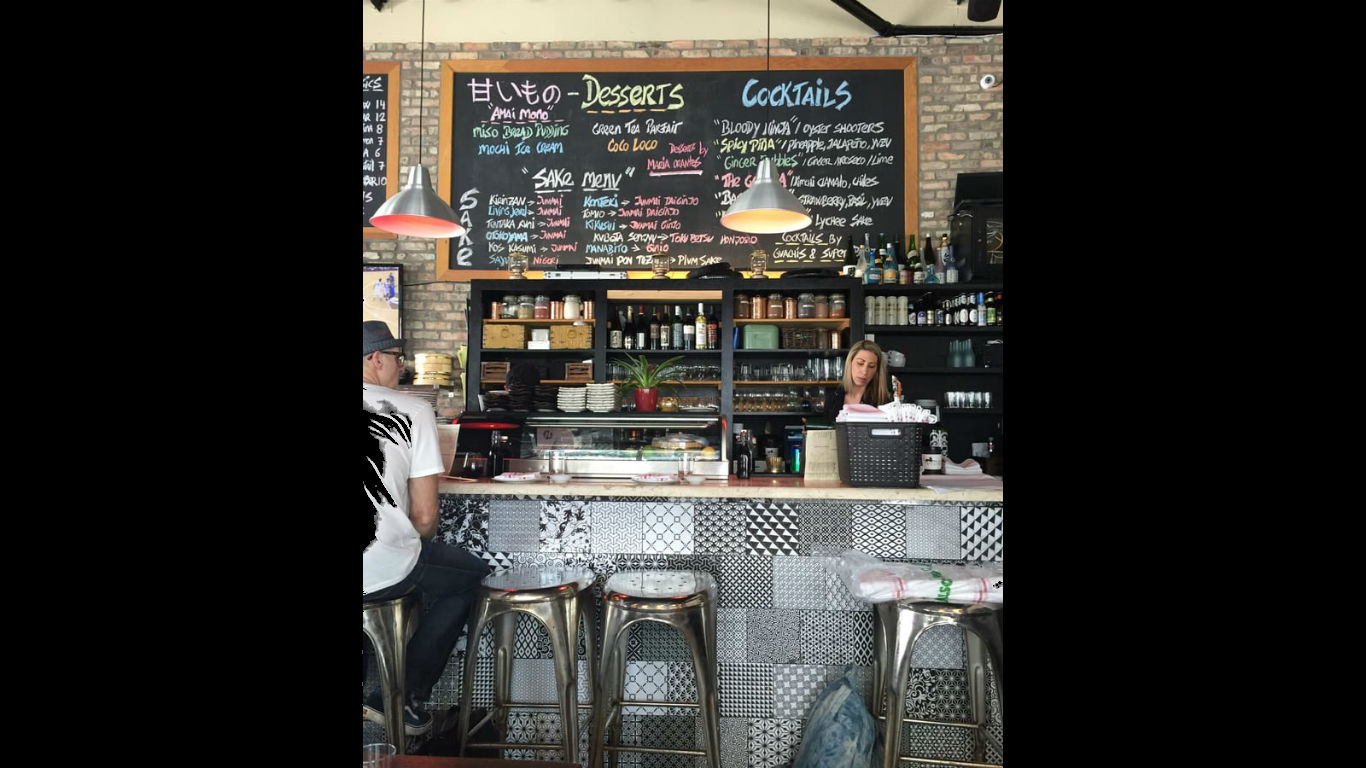
11. Pubbelly Noodle Bar
> Miami, Florida
The restaurant that kick-started the now lively restaurant scene in the Miami mini-neighborhood of Sunset Harbour closed in October. Originally known simply as Pubbelly, the Noodle Bar was a sister property to neighboring Pubbelly Sushi Bar and its offshoots around Miami and in Mexico and the Dominican Republic. Pubbelly Noodle Bar closed for renovations late this summer, and chef-owner José Mendín decided not to reopen, citing the fact that his growing sushi bar empire was taking too much time and attention.
[in-text-ad]
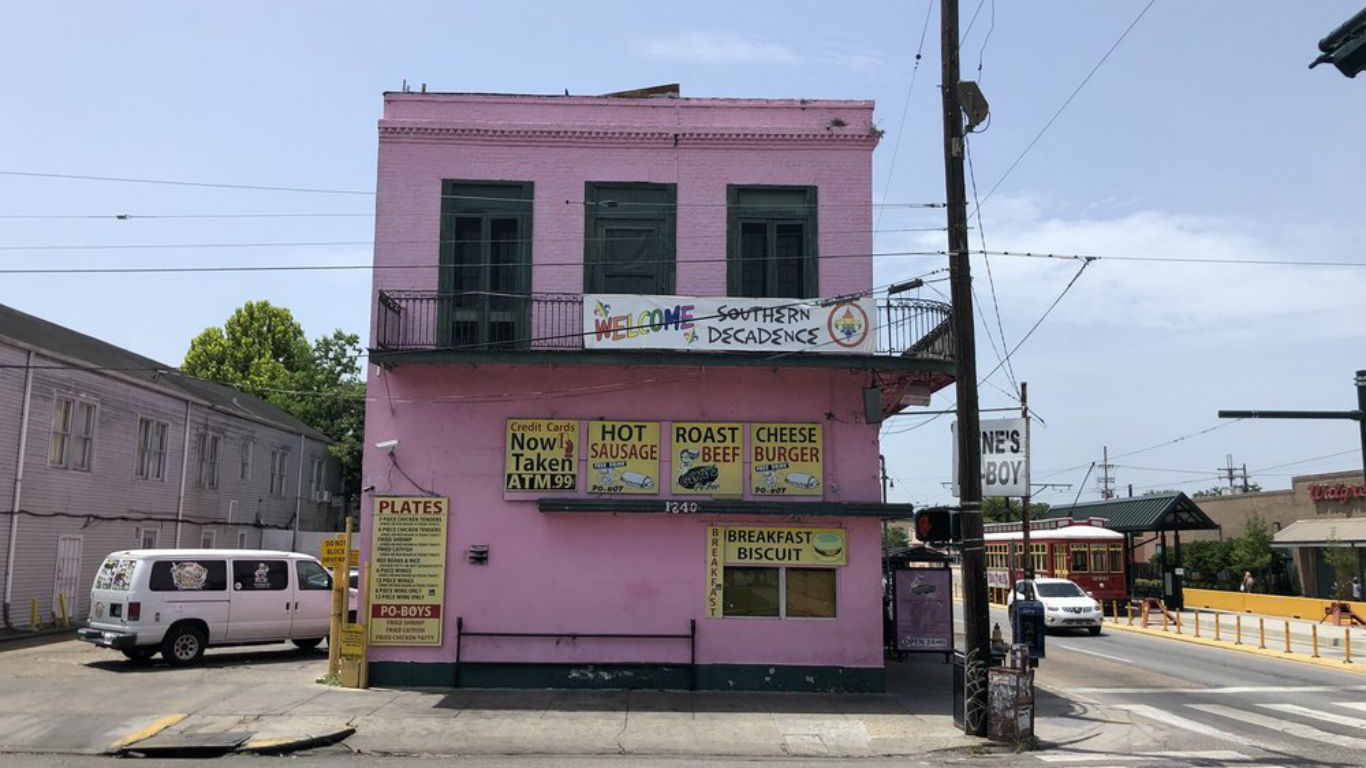
12. Gene’s Po-Boys
> New Orleans, Louisiana
Gene’s, which has been serving the Crescent City’s iconic po’boy sandwiches since 1968, made its last one in early August. Though shrimp and catfish po’boys were available, it was particularly well-known for its sausage versions, with or without cheese. Gene’s was a popular late night stop and hosted the likes of Drake, Beyoncé, and Jay-Z, as well as Homer Simpson (in a New Orleans-themed episode of “The Simpsons”). The neighborhood has been gentrifying, and proprietor Gene Theriot put his building up for sale in February. He had hoped that the buyer would keep the business going, but the site will be turned into condos instead.
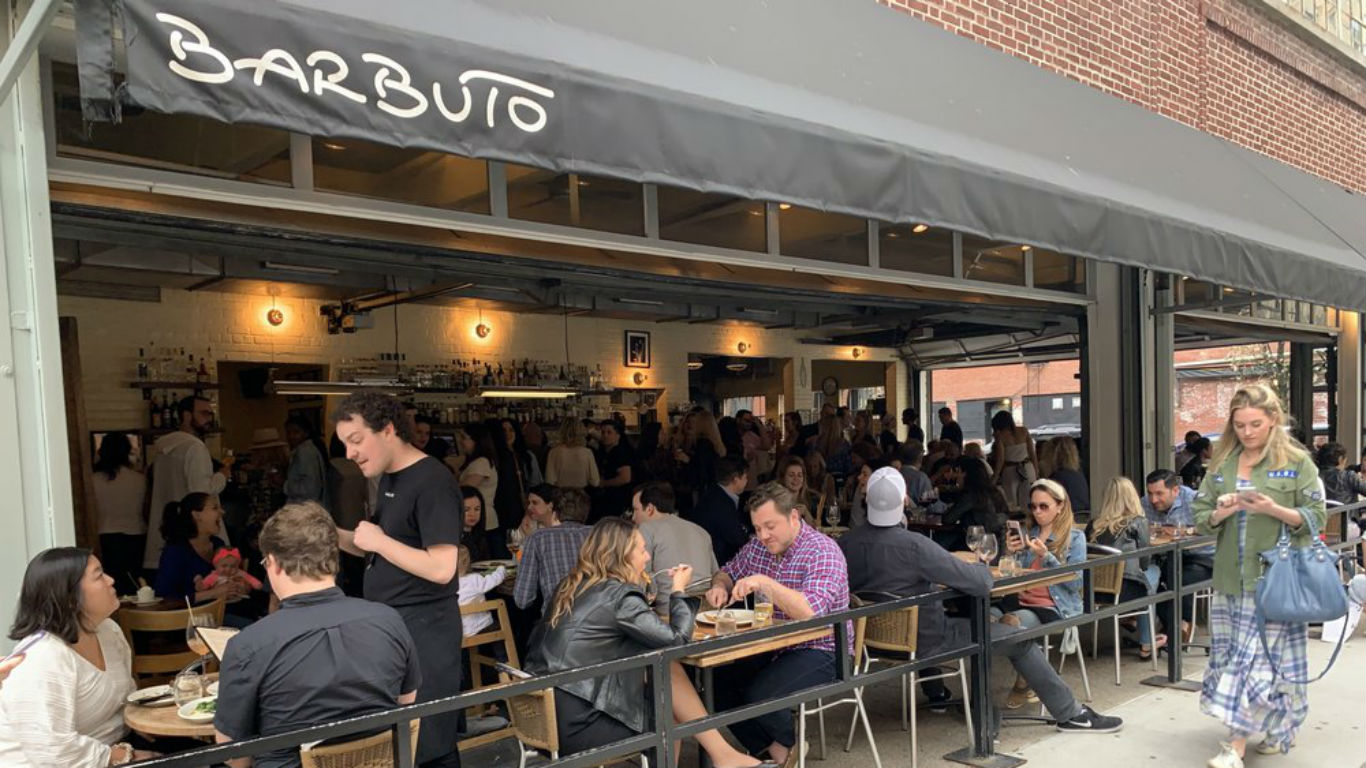
13. Barbuto
> New York City, New York
This buzzy Greenwich Village hotspot, known for veteran chef Jonathan Waxman’s impeccable California-Italian fare, closed at the end of May. The restaurant was a success throughout its 15-year tenure, but the building it occupied was sold in 2018 and the new owners didn’t want a restaurant occupying the space. Waxman is working on a reboot nearby.
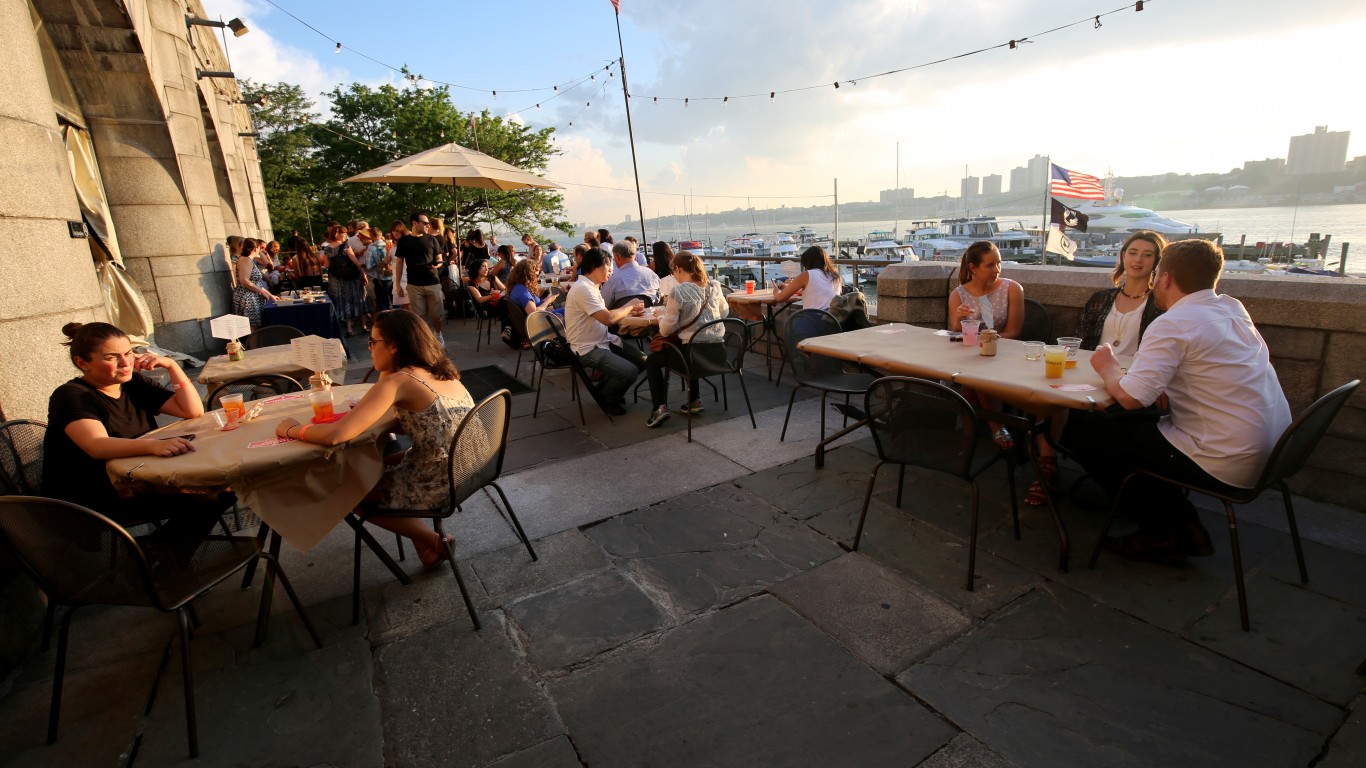
14. Boat Basin Café
> New York City, New York
This casual waterfront eatery, overlooking the Hudson River and the West 79th Street Boat Basin, shut down in October for the season and will not reopen. Known for its casual atmosphere and its menu of affordable (by Manhattan standards) salads and sandwiches, the café, which opened in 1997, sits on city-owned property. It ceased operations in anticipation of a four-year boat basin rotunda reconstruction project, scheduled to begin in mid-2020.
[in-text-ad-2]
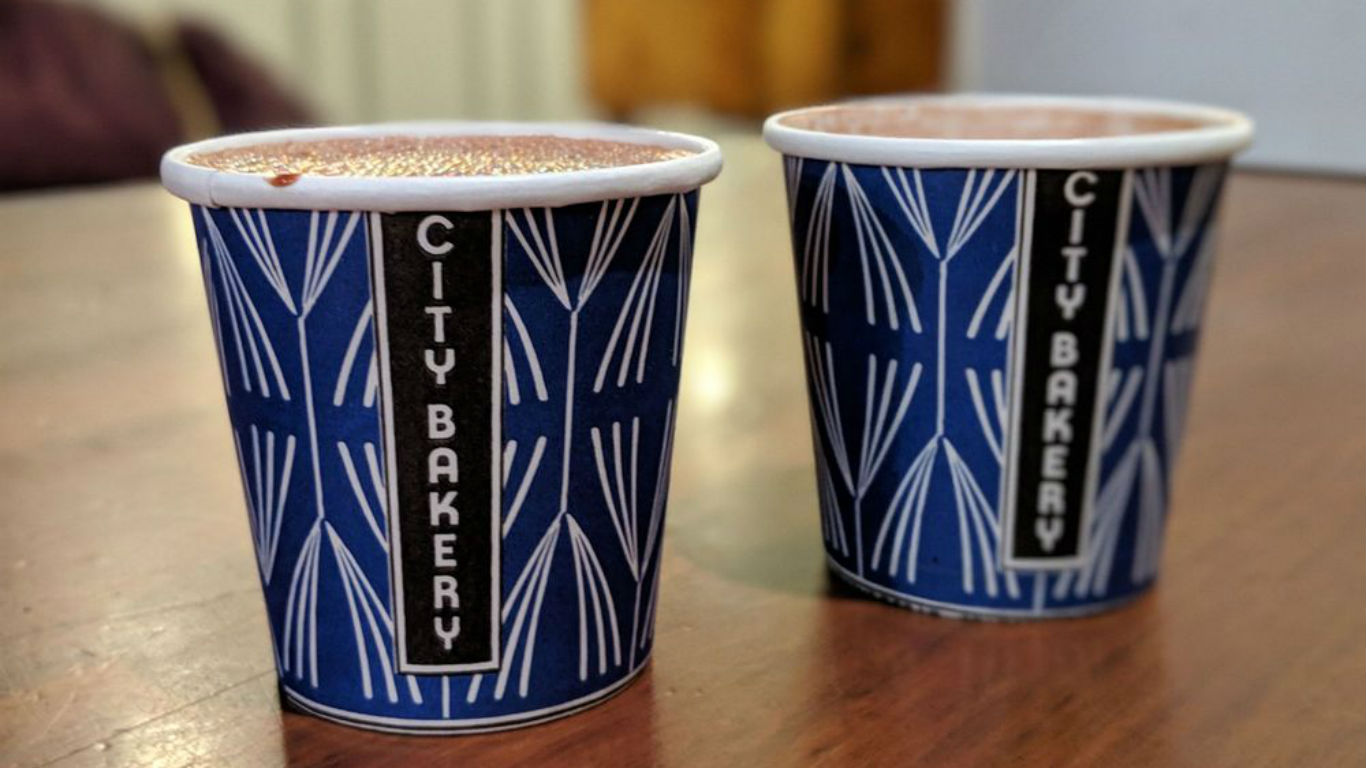
15. City Bakery
> New York City, New York
Famed for its hot chocolate, its pretzel croissants, its macaroons, and its tarts and other baked goods, but also serving salads, sandwiches, soups, and pizzas, this Union Square landmark closed in October. Originally opened nearby in 1990, the establishment moved to its final location — a huge, light-filled room with 22-foot ceilings — in 2001. Proprietor and master baker Maury Rubin, in an Instagram post, blamed financial struggles for the bakery’s demise. He did promise, however, that the bakery “will absolutely, positively return” in some form.
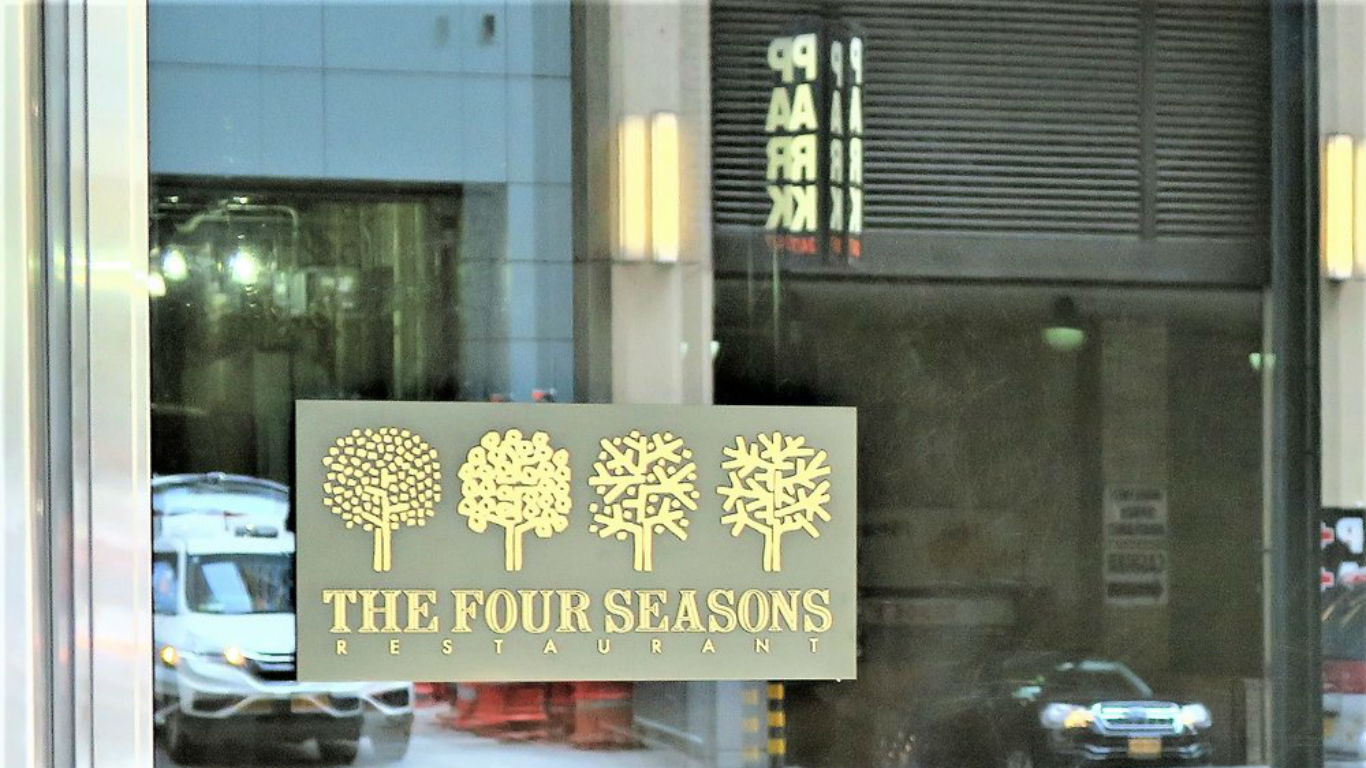
16. The Four Seasons
> New York City, New York
The original Four Seasons, which opened in 1959, experienced ups and downs during its 57-year lifetime, but evolved into Manhattan’s ultimate power-broker restaurant and a glittering symbol of New York City wealth and glamour. It closed in 2016, after its landlord refused to renew the lease (the premises is now occupied by two other upscale places, The Grill and The Pool). The two men who had run the restaurant since 1994, Julian Niccolini and Alex von Bidder, kept the name and reopened a Four Seasons near their former location in 2018. Niccolini, who had pleaded guilty to sexual assault at the original restaurant in 2016, remained prominent in the dining room until he was fired last December. Whether because of the scandal or for other reasons, the new Four Seasons never built the kind of business it needed — investors had poured $40 million into the project — and it closed for good in June.
[in-text-ad]
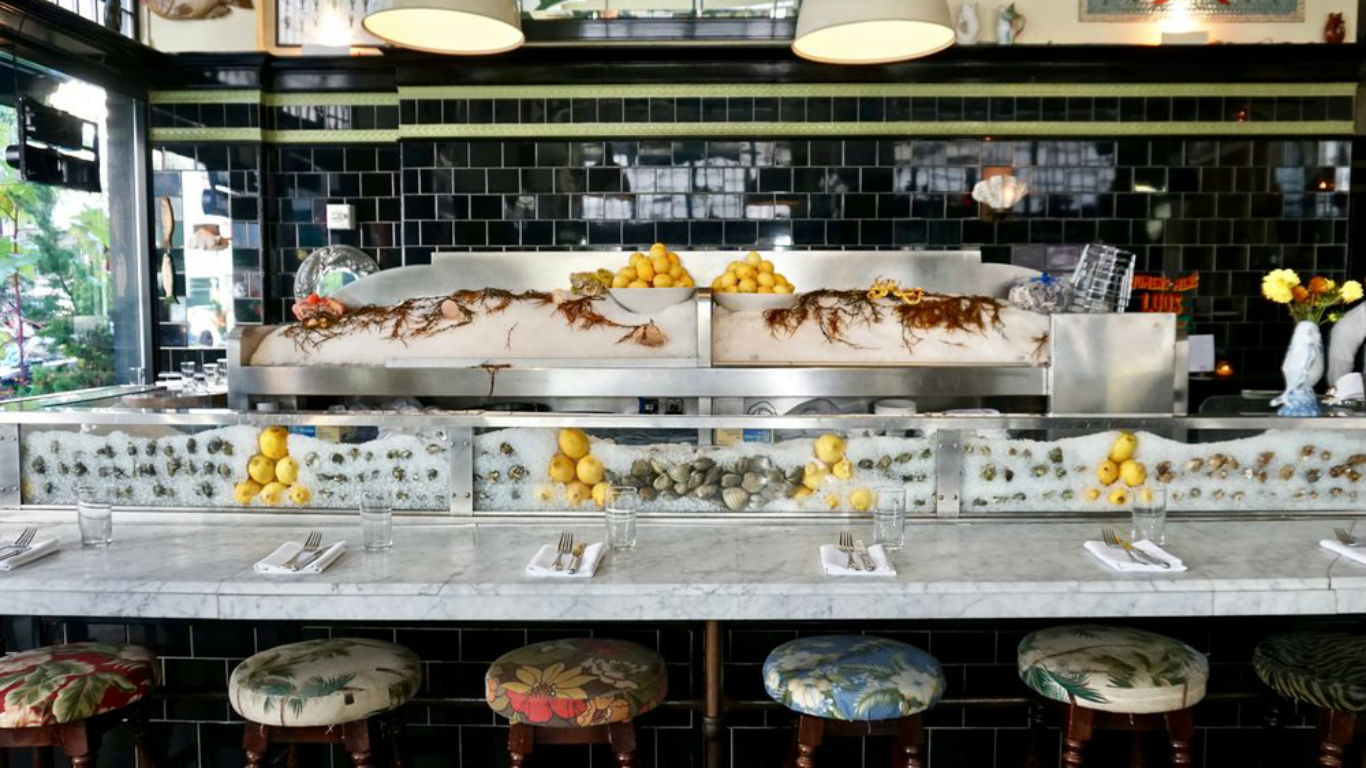
17. John Dory Oyster Bar
> New York City, New York
Shortly after closing her L.A. restaurant Hearth & Hound (see No. 10), chef-restaurateur April Bloomfield also shut down her seafood restaurant in Manhattan’s Ace Hotel. As with the West Coast property, Bloomfield was originally partnered in the place with restaurateur Ken Friedman, who was accused of sexual harassment in 2017. Friedman was no longer involved with John Dory, and no reason was announced for the closing. Bloomfield’s other restaurant at the Ace, The Breslin, remains open.

18. Norman’s at the Ritz
> Orlando, Florida
After 16 years at the upscale Ritz-Carlton at Grande Lakes resort, famed Florida chef Norman Van Aken’s upscale Norman’s at the Ritz — one of the region’s few remaining fine-dining restaurants — served its last meal in early September. New owners of the resort declined to renew Van Aken’s lease.

19. The Rooster
> Philadelphia, Pennsylvania
Noted Philadelphia-based Israeli chef Michael Solomonov and his partners opened the Rooster Soup Co. in 2017 as a community-minded project that would turn trimmings from the fried chicken served at their Federal Donuts chain into soup and donate profits to an organization helping needy Philadelphians. Last year, they rebranded the place into a Jewish deli called The Rooster, continuing their philanthropic efforts — but this June, Solomonov and company announced that the restaurant wasn’t earning enough to stay open.
[in-text-ad-2]
20. Little Bird Bistro
> Portland, Oregon
Chef Gabriel Rucker and general manager Andy Fortgang, proprietors of the acclaimed Portland restaurant Le Pigeon, announced that they were shutting down its younger, more informal sister establishment, Little Bird Bistro, in October. Named The Oregonian’s Restaurant of the Year in 2012, the restaurant — which opened in 2010 — has gone through several changes of chef and menu concept in recent years. While giving no reason for the closing, the partners stated on the Little Bird website that “We are heartbroken to have to see Little Bird close, but look forward with enthusiasm to what lies ahead.”

21. Aster
> San Francisco, California
San Francisco chef Daniel Patterson earned two Michelin stars for his elegant Coi before bowing out of the restaurant in the latter part of 2015 and embarking on a new enterprise with L.A. chef and food-truck pioneer Roy Choi. That was Loco’l, which was to be a chain serving good, affordable food and providing employment in downscale neighborhoods. Two units opened, one each in Oakland and Watts (Los Angeles); both closed. Several other subsequent Bay Area Patterson projects faltered for various reasons. His Aster, which thrived long enough to earn a Michelin star of its own, followed suit, closing at the end of March. Patterson’s Alta Restaurant Group has given the space over to Prubechu, serving the foods of Guam, a place that had lost its original location because of a rent increase last year.
[in-text-ad]

22. Silver Bough
> Santa Barbara, California
Onetime “Top Chef” contestant Phillip Frankland Lee opened this tiny, ultra-pricey tasting-menu restaurant in January at the Montecito Inn and shut it down in September. Only eight diners were served per evening, at $550 per person (including wine and other beverages). The menu was based on ingredients from California’s Central Coast, such as Santa Barbara spot prawns and Toulouse goose raised in Ojai. Lee blamed a staffing issue (the departure of his head chef) for the restaurant’s closing.

23. Don & Charlie’s
> Scottsdale, Arizona
Jam-packed with sports memorabilia and known for its steaks and ribs, Don & Charlie’s was an essential stop for every sports star who passed through the Phoenix-Scottsdale area. Opened in 1981, it went dark in April. When owner Don Carson was asked by Cronkite News why he was closing, he replied, “One of the biggest reasons I’m doing it is because I haven’t seen my grandkids in San Francisco since Thanksgiving.”
24. Sitka & Spruce
> Seattle, Washington
This popular Seattle establishment, lauded last year as one of the city’s 10 essential restaurants, hasn’t closed yet, but chef-owner Matt Dillon — the James Beard Award-winner, not the actor — has announced that it will serve its last meal on Dec. 31. Seattle’s $15 minimum wage law and increased lease expenses are to blame, says Dillon. “In order to buy great product and pay a great wage that people can live on in our cityâ¦,” he told Bethany Jean Clement, food writer for the Seattle Times, “the math just doesn’t work.”
[in-text-ad-2]
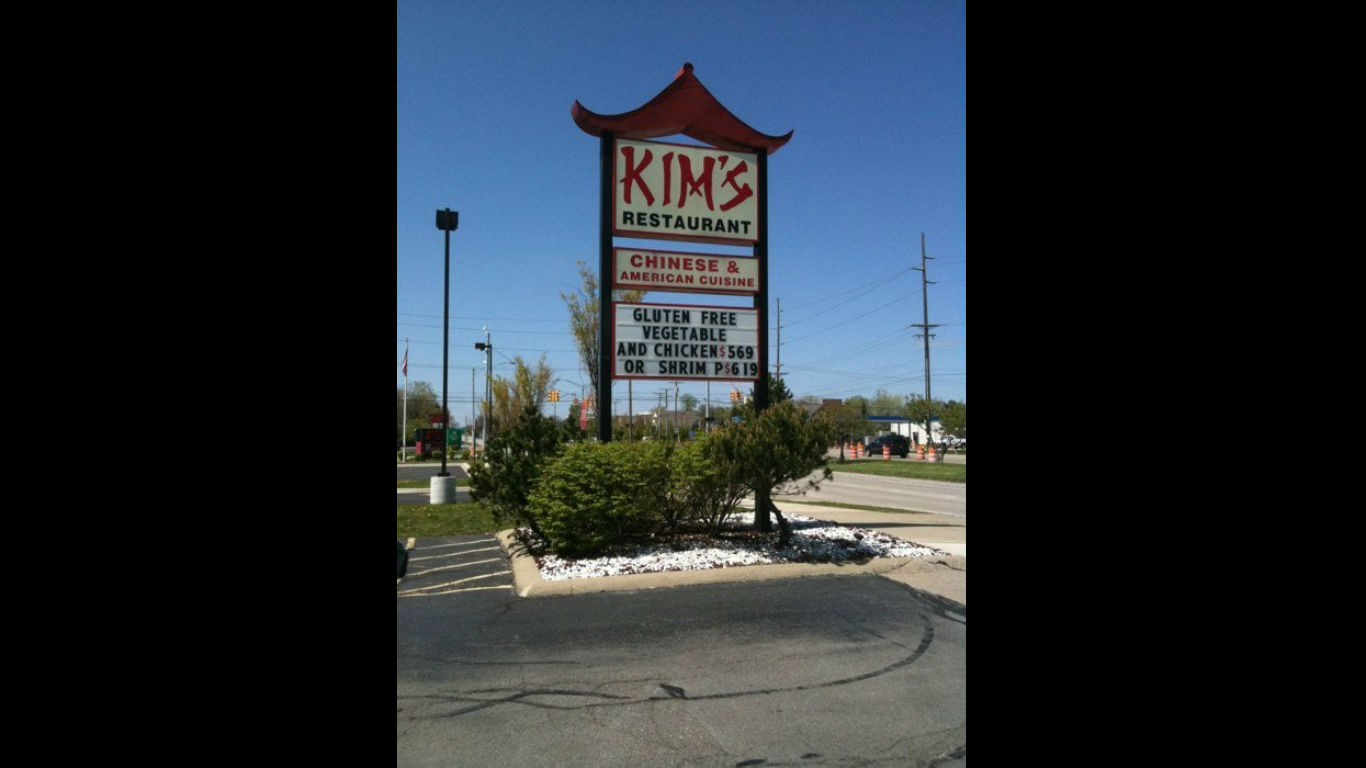
25. Kim’s Restaurant
> Troy, Michigan
Chinese-American fare, including a Detroit-area specialty of boneless almond chicken, was the draw for almost 45 years at this family-run restaurant. A local tradition was to dine at Kim’s on Christmas Eve, then eat the leftovers on Christmas morning. When the restaurant’s impending disappearance at the end of August was announced, diners jammed in for one last meal. “It’s so busy,” the restaurant posted on Facebook in a plea for customers’ patience, “it feels like Christmas eve without the extra staff to help.” The owners are retiring.
26. Proof
> Washington, D.C.
This wine-centric Penn Quarter establishment, described by Eater as “game-changing,” closed in early February. In its nearly 10 years of life, Proof earned numerous favorable reviews and high ratings, and a place on virtually every local “best restaurants” list. Lease issues were to blame. “Unfortunately we’ve been unable to reach a viable agreement with our landlord to continue Proof in its current location,” said owner Jason Kuller in a statement.
Get Ready To Retire (Sponsored)
Start by taking a quick retirement quiz from SmartAsset that will match you with up to 3 financial advisors that serve your area and beyond in 5 minutes, or less.
Each advisor has been vetted by SmartAsset and is held to a fiduciary standard to act in your best interests.
Here’s how it works:
1. Answer SmartAsset advisor match quiz
2. Review your pre-screened matches at your leisure. Check out the advisors’ profiles.
3. Speak with advisors at no cost to you. Have an introductory call on the phone or introduction in person and choose whom to work with in the future
Get started right here.
Thank you for reading! Have some feedback for us?
Contact the 24/7 Wall St. editorial team.
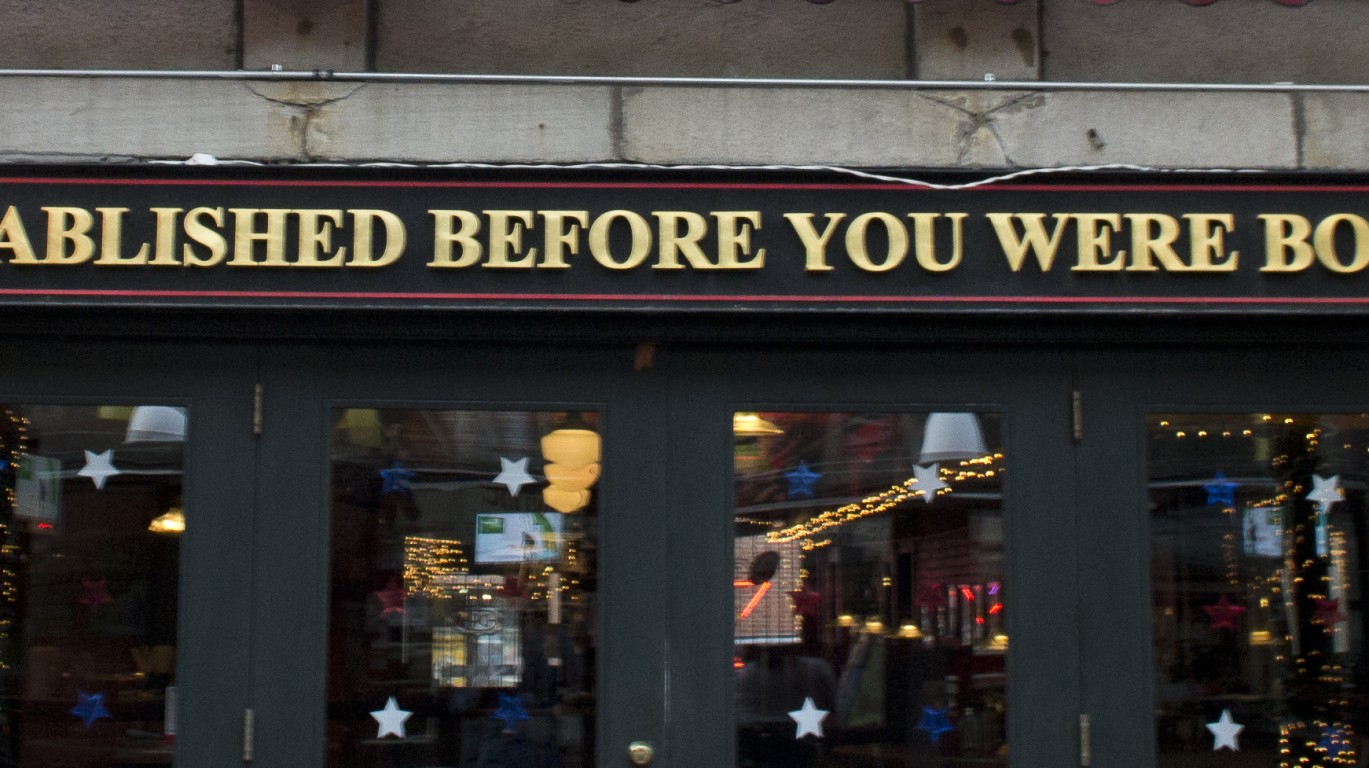
 24/7 Wall St.
24/7 Wall St.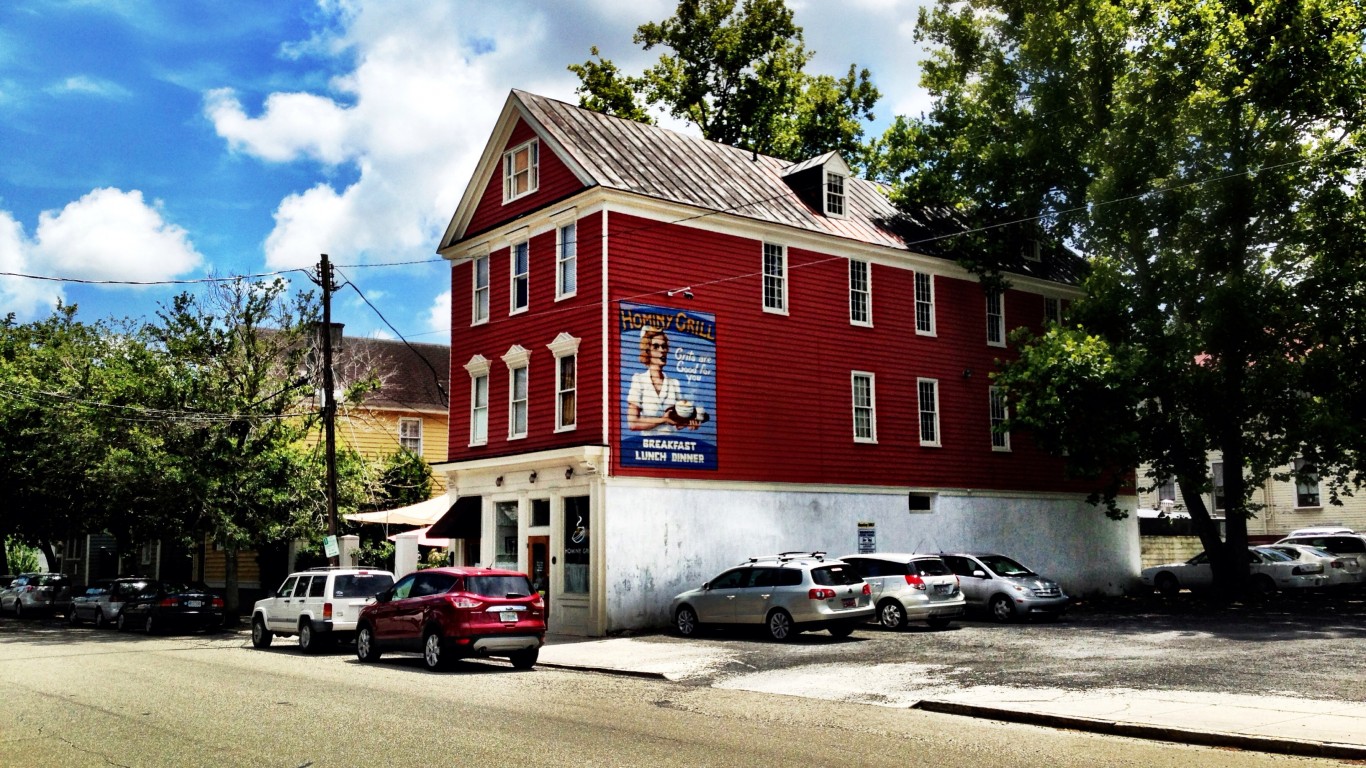
 24/7 Wall St.
24/7 Wall St.
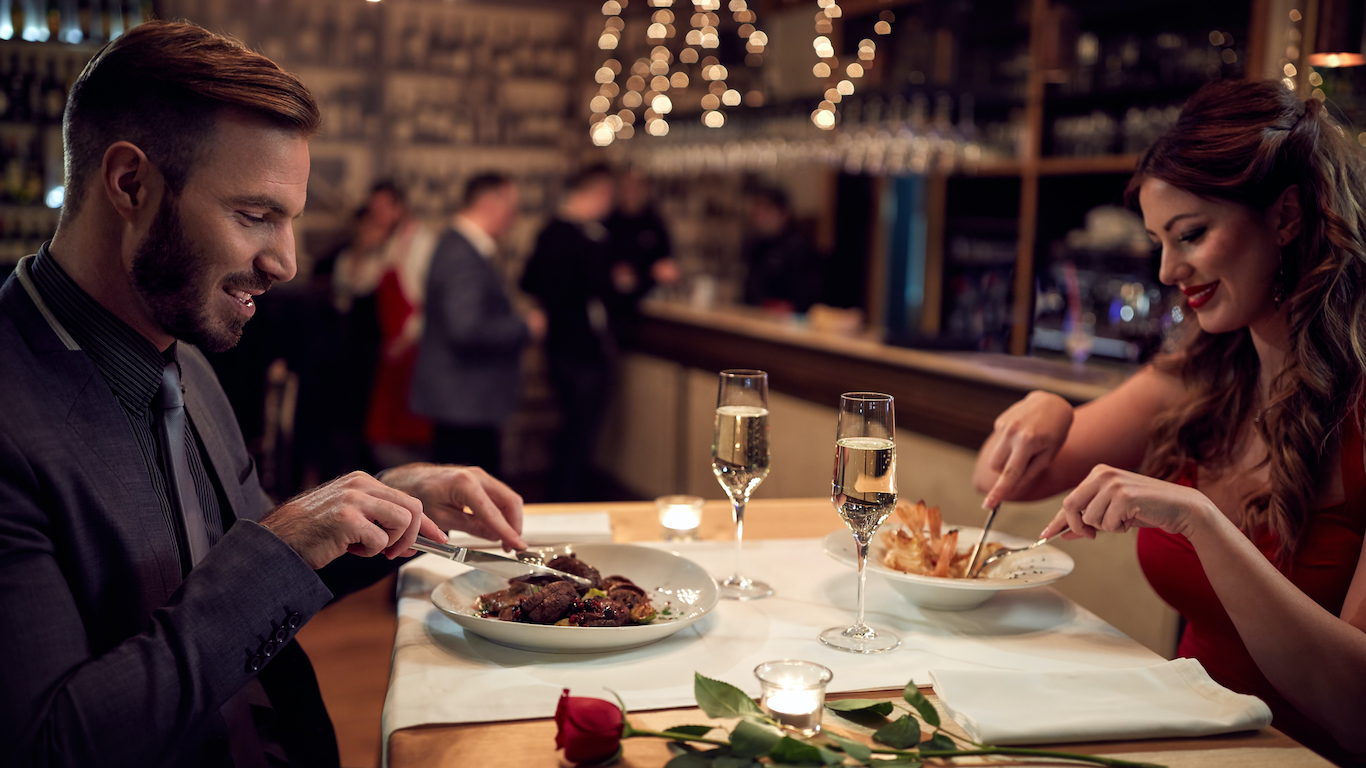 24/7 Wall St.
24/7 Wall St.